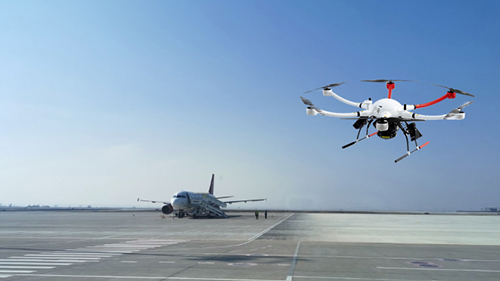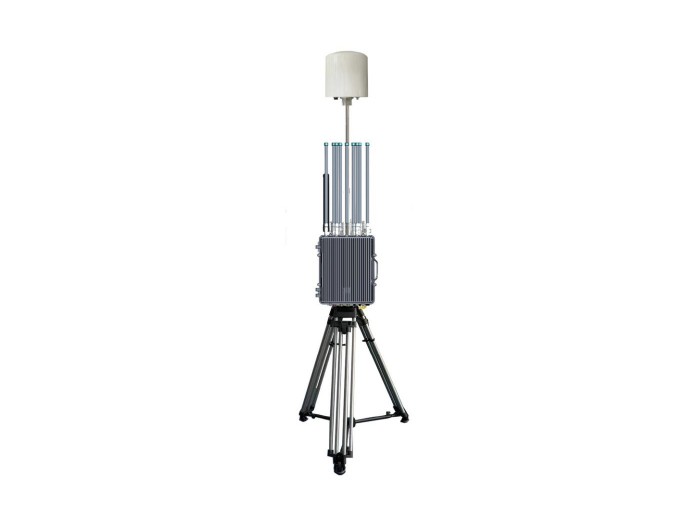Gun UAV: Accelerating from 0 to 60
In the rapidly advancing realm of military technology, the development of Gun UAVs highlights a significant shift in modern warfare tactics. These unmanned aerial vehicles (UAVs) are not just efficient reconnaissance tools, but they are now equipped with combat capabilities and can accelerate quickly to meet dynamic battlefield conditions. As demands for precision, agility, and speed increase among military forces globally, understanding the capabilities of Gun UAVs is crucial for strategic planning and operational effectiveness. This article delves into the key aspects of Gun UAVs, their acceleration, and their transformative role in modern warfare.
1. Understanding Gun UAVs: Definition and Overview
Gun UAVs, or armed drones, are unmanned aircraft that carry weaponry and are deployed for combat operations. Unlike traditional UAVs designed specifically for surveillance and intelligence gathering, Gun UAVs integrate offensive capabilities, which can include missiles, machine guns, or laser weapons. These drones combine autonomy with advanced technology, allowing operators to execute missions with precision and minimal risk to personnel. For instance, according to a report by the Center for the Study of the Drone, over 20 countries are actively developing or operating armed drones, a promising trend that signifies their growing importance on the battlefield.
The baseline acceleration of Gun UAVs from 0 to 60 mph can vary significantly based on the model and design. Many modern gun UAVs utilize advanced propulsion systems, enabling them to reach their operational speeds swiftly. For example, the MQ-9 Reaper drone can accelerate to such speeds within seconds, allowing for quick deployment in tactical situations where speed is crucial.
The growing need for rapid response scenarios empowers military strategists to deploy these drones more effectively, not only to perform combat tasks but also to conduct high-speed surveillance or interception missions. As armed drones evolve, their applications will increasingly focus on speed and efficiency, driving further innovation in design and technology.
2. Benefits of Gun UAVs in Modern Warfare
The use of Gun UAVs offers numerous advantages in contemporary military operations, transforming how armed forces engage with threats and conduct missions. One of the most significant benefits is the reduction of risk to human life. According to a NATO report, utilizing unmanned systems reduces the likelihood of casualties by avoiding direct confrontations in hostile environments.
- Speed and Agility: Gun UAVs can navigate difficult terrains and rapidly engage targets, significantly reducing operational response times. This agility allows military units to execute surprise attacks, enhancing their tactical edge.
- Precision Targeting: Equipped with sophisticated targeting systems, Gun UAVs offer enhanced accuracy. This capability limits collateral damage during operations, preserving civilian lives and property, which is a strategic requirement in modern warfare.
- Cost-Effectiveness: Operating Gun UAVs can be more economical than deploying manned aircraft. The maintenance and operational costs are often lower due to the reduced need for physical pilot training and safety measures.
- Real-Time Data and Surveillance: Gun UAVs provide real-time intelligence to command centers, integrating live feeds with operational databases to assist in decision-making processes.
The multifaceted benefits of Gun UAVs have established them as indispensable tools for military operations. A strong emphasis on acceleration capabilities allows them to outpace and outmaneuver traditional vehicles, leading to strategic advantages in various mission scenarios.
3. Applications and Use Cases of Gun UAVs
The applications of Gun UAVs extend well beyond just combat roles, as they are increasingly being utilized in various operational settings. Their unique characteristics enable armed forces to address diverse scenarios effectively. Here are some key applications:
- Counter-Terrorism Operations: Gun UAVs are widely employed in counter-terrorism missions, allowing forces to strike high-value targets with precision. For example, the U.S. military has utilized drones in operations against ISIS, successfully eliminating key leaders while avoiding potential ground troop engagements.
- Border Security: Many countries leverage armed drones for border patrol and surveillance missions, providing a vigilant aerial presence to watch for illegal activities or potential threats.
- Search and Rescue Missions: Equipped with advanced sensors and imaging technology, Gun UAVs are increasingly utilized in search and rescue operations, locating individuals in wilderness or disaster-stricken areas efficiently.
- Combat Support Roles: These UAVs can provide necessary fire support during combat operations, delivering precision strikes on enemy positions while minimizing risks to ground troops.

As military forces continue to leverage the versatility and rapid acceleration of Gun UAVs, emerging tactics will shape their future roles in addressing unique situational demands on contemporary battlefields.
4. Future Trends in Gun UAV Technology
The future of Gun UAVs is marked by advancements in technology, which will further enhance their capabilities and roles within military frameworks. One important trend is the integration of artificial intelligence (AI) and autonomous technologies, which will enable Gun UAVs to conduct missions with greater agility and strategic foresight. The AI systems can analyze data from multiple sources in real time, allowing for quick adaptations to evolving scenarios.
Additionally, advancements in battery technology and fuel efficiency will also enhance acceleration and operational range. The use of hybrid propulsion systems could enable these UAVs to travel longer distances and stay airborne for extended periods, making sustained tactical operations possible.
Moreover, the incorporation of swarm technologies—where multiple drones work in coordination—offers substantial potential. Collectively launched units could overwhelm enemy defenses and provide immersive strategic advantages on the battlefield while ensuring faster response times.
As demand for rapid response capabilities continues to rise, innovations will inevitably shape the evolution of Gun UAVs, enhancing their speed, effectiveness, and integration into global defense strategies. By staying ahead of these trends, military forces can better equip themselves to meet the challenges of modern warfare.
Recommendations or Key Takeaways
- Consider investing in Gun UAV technology for enhanced operational capabilities—learn how at our website.
- Stay updated on the latest trends in UAV innovations to capitalize on advancements in military strategy.
- Evaluate the cost-benefits of integrating Gun UAVs into existing operational frameworks.
- Contact us for professional consultation on selecting the best UAV solutions for your needs.
- Explore comprehensive resources on Gun UAV applications to understand their full potential in various scenarios.
Conclusion
Gun UAVs represent a pivotal innovation in modern military technology, particularly with their ability to accelerate from 0 to 60 swiftly and efficiently. As the landscape of warfare continues to evolve, understanding the complexities of these drones will be essential for strategic planning and decision-making. With improvements in speed, accuracy, and operational flexibility, Gun UAVs are set to redefine how armed forces interact with threats. Visit our website now to explore more about the benefits of Gun UAVs and how they can revolutionize your military operations, or contact us for a free consultation to learn how we can assist you further.

















